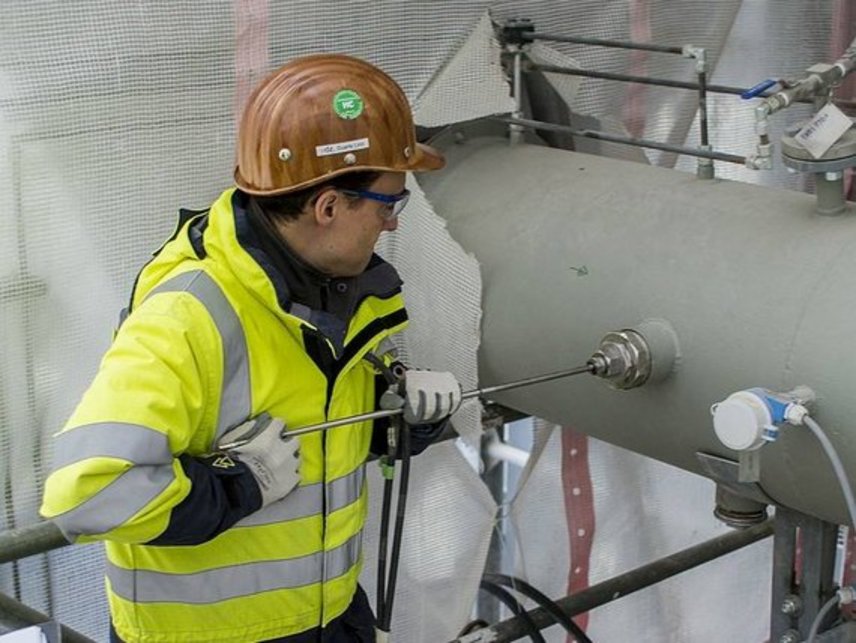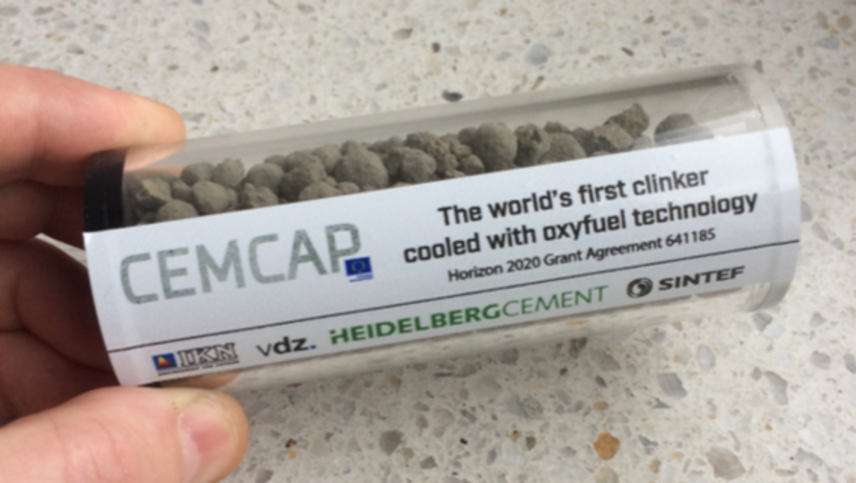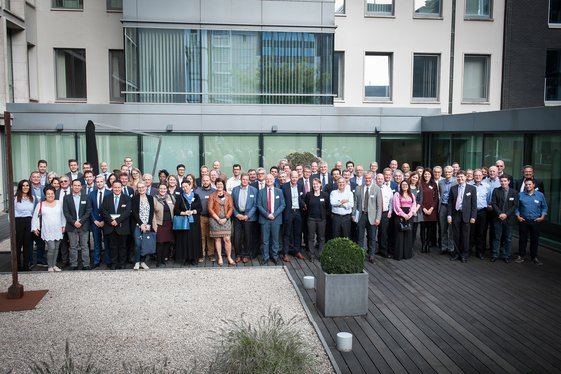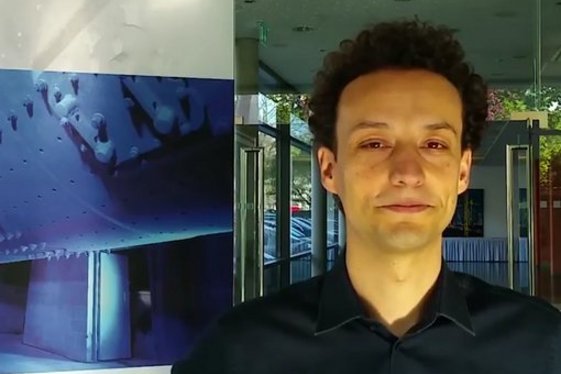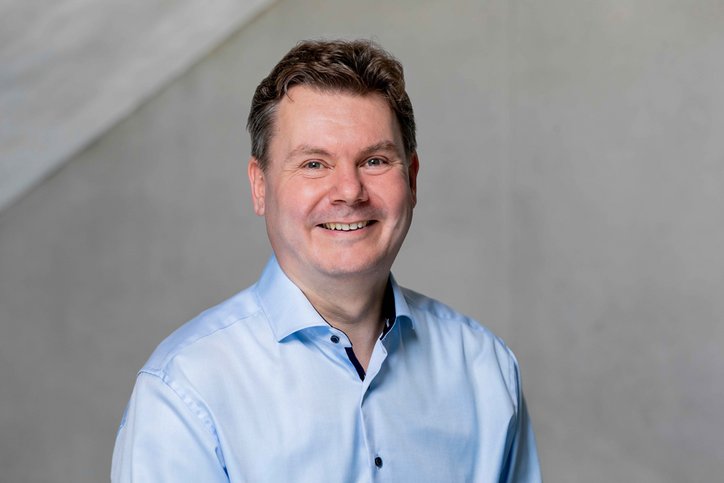CO2 emissions from the cement industry constitute 7% (or 1.9 Gt annually) of global anthropogenic CO2 emissions. In 2013, approximately 20% of global CO2 emissions from cement production originated from Europe (EU28). Hence, a significant reduction in emissions from the cement industry is required for meeting the European and global greenhouse gas (GHG) emission targets and maintaining industrial competitiveness. CO2 generation is an inherent part of the cement production process, due to the calcination of the most important raw material, limestone (CaCO3 converted to CaO and CO2): About 60% of the CO2 emissions from cement production are due to this conversion, whereas 40% come from the burning of fuels (which are to a large extent fossil) to provide heat for the clinker production. There are currently no feasible methods to produce clinker and thus cement without releasing CO2 from CaCO3.
Thus, a viable option to significantly reduce GHG emissions from the cement industry is CO2 Capture and Storage (CCS), where CO2 capture must be retrofitted to existing cement plants. Technologies developed for CO2 capture from power plants, many of them at TRL 7-8, will need adaptation to be retrofittable to cement plants. When considered for the cement sector, capture technologies are typically at TRL 4-5 or lower. Therefore, the CEMCAP project has been developed for bringing CO2 capture technologies for the cement industry to a higher TRL level and thus closer to deployment. By using the partners' existing knowledge base and existing research infrastructure from CO2 capture R&D in the power sector, four fundamentally different capture technologies (currently at TRL 4-5) will be developed to reach TRL 6 for cement plants.
Relying on the experimental results combined with a comparative techno-economic and retrofitability analysis, CEMCAP will develop a decision-basis for CO2 capture implementation in the cement industry. This will provide a fundament for European cement producers to calculate plant-specific CCS business cases, and enable them to be at the forefront of adapting to an emerging carbon-constrained world, as e.g. outlined by the Global Commission on Economy and Climate. Two major ongoing CCS research projects in the cement industry will provide key results and knowledge, thereby assuring complementarity of competences and results. From a European perspective, CEMCAP aims at broadening the portfolio of cost- and resource-effective options for CCS and thus the range of available options for reducing greenhouse gas emissions.
